|
Sesame – The Hulled And Unhulled Varieties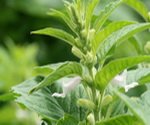
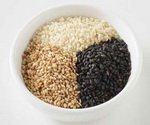
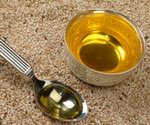
Sesame is a member of the Pedaliaceae family also known as the sesame family, botanical name Sesamum indicum. The plant is an annual with oval, irregular leaves that are fuzzy on each side, with an unpleasant odor. The flowers are white, pink or lilac borne low down on the stem and followed by fruits also called capsules which contain the seeds which are tear shaped and which may be black unhulled seeds or brown seeds which are simply the unhulled variety of the white hulled seeds.
There is thought to be little difference in the taste between the different varieties of seeds by some, and others think that the white seeds have a slightly more delicate taste that the black seeds. The taste is pleasantly nutty due to the oil content of the seeds, a primary product of the plant. Origin The plant is native to Indonesia and tropical Africa, although there are those that contend that the plant is native to India.
History The plant is stated to be the oldest edible plant used for oil production. There are records of the seeds being used in Egypt in bread, and also valued by the Greeks and Romans. The seeds were brought to America by slaves in the 17th and 18th centuries. The seeds are also an important food in the Middle East. Buying/Storage The seeds should be purchased on a regular basis and not stored for too long since the oil content can turn the seeds rancid if they are stored for long periods of time in hot conditions. The seeds can be stored in the refrigerator to reduce their exposure to the hot conditions that may lead to rancidity. White seeds are readily available in supermarkets, but the black seeds are rarer and are more readily available in spice shops and Asian food stores. Sesame seed oil is readily available in supermarkets and natural food stores. Both the black and white seeds should be stored in an airtight package away from extremes of heat, light, and humidity. Use The white seeds are sprinkled on breads, crackers and cookies, and also toasted and sprinkled on salads, stir fry, and sautés. The seeds also go well with beef, chicken, duck, lamb, shrimp, broccoli, rice, watercress, tofu, and other uses. The black seeds are generally used in Asian cooking.
For some great sections on herbs and spices some great references are: • The Spice and Herb Bible – Second Edition by Ian Hemphill with recipes by Kate Hemphill • The Food Encyclopedia by Jacques L. Rolland and Carol Sherman with other contributors • Field Guide to Herbs & Spices by Aliza Green • The Contemporary Encyclopedia of Herbs & Spices – Seasonings For The Global Kitchen by Tony Hill
Cooking Basics
|
Sesame Botanical Cycle
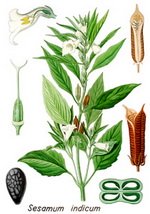
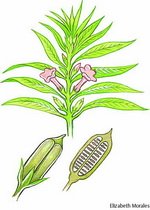
Sesame Family
Sesame





